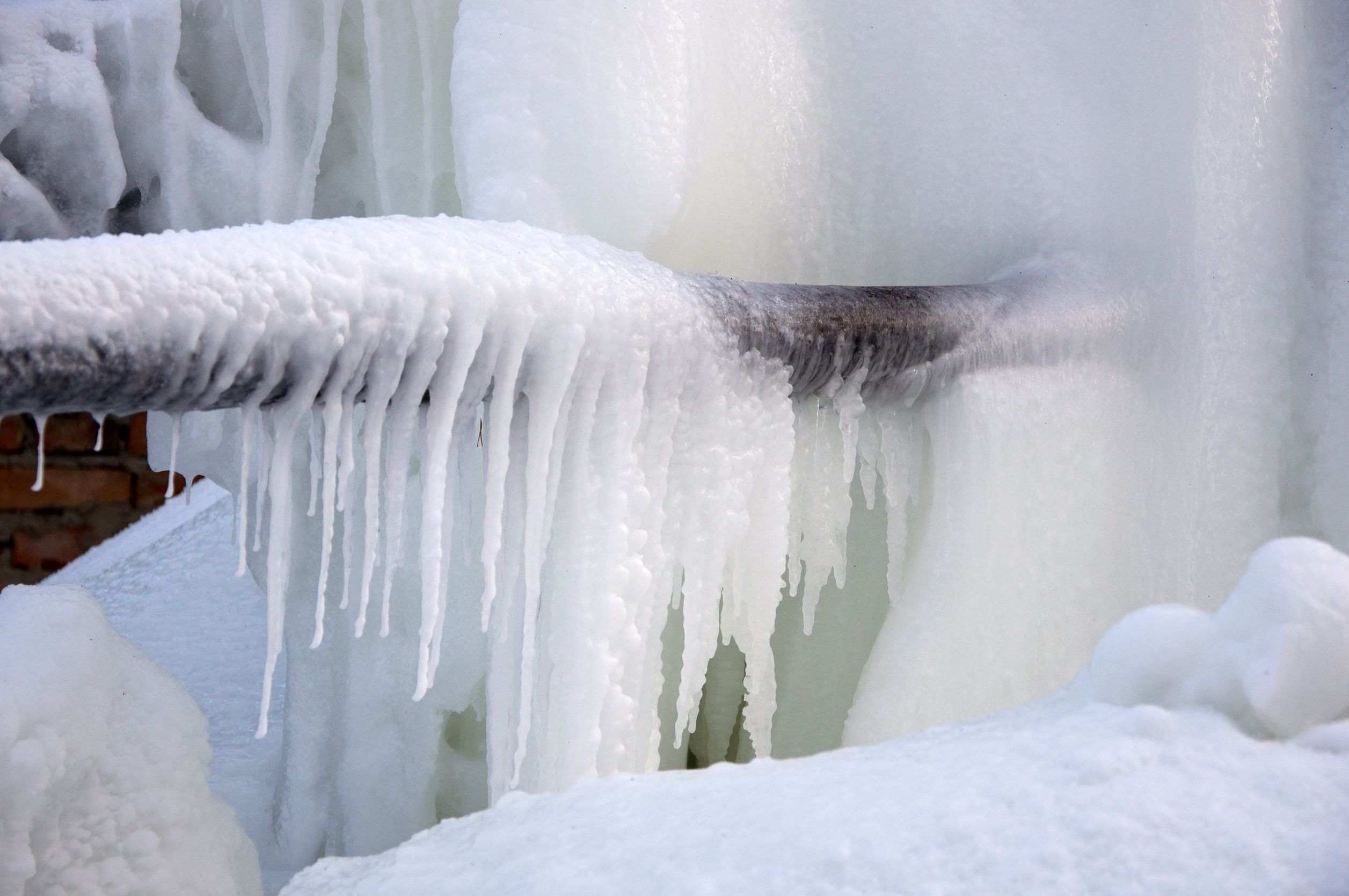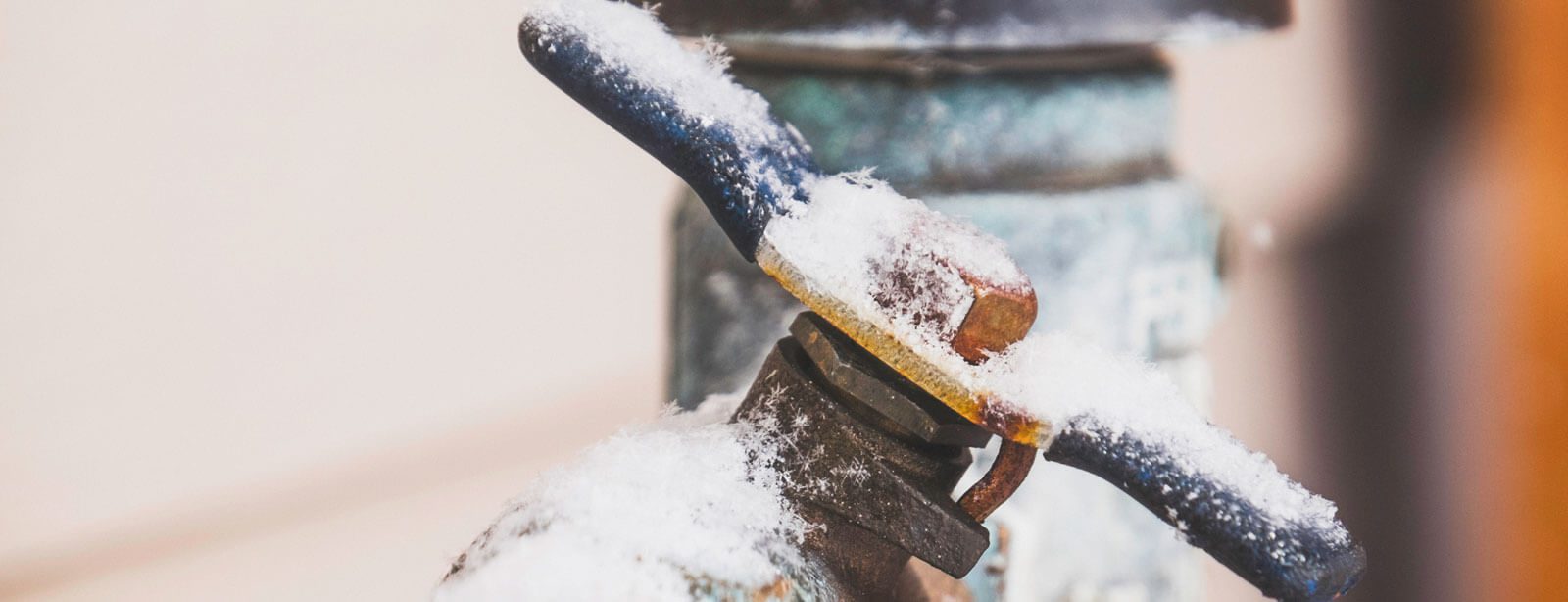Avoiding Frozen Pipes in Cold Weather: Pro Tips
Avoiding Frozen Pipes in Cold Weather: Pro Tips
Blog Article
Listed here underneath yow will discover a good deal of dependable help and advice in regards to Winter Plumbing Precautions: Preventing Frozen Pipes.

Winter can wreak havoc on your plumbing, specifically by freezing pipelines. Below's just how to prevent it from happening and what to do if it does.
Intro
As temperatures decline, the danger of frozen pipelines increases, possibly leading to pricey repair work and water damages. Recognizing how to avoid frozen pipes is essential for house owners in chilly climates.
Prevention Tips
Protecting susceptible pipes
Cover pipelines in insulation sleeves or utilize heat tape to shield them from freezing temperatures. Focus on pipelines in unheated or external locations of the home.
Heating techniques
Maintain interior spaces effectively heated up, particularly locations with plumbing. Open up closet doors to enable cozy air to flow around pipes under sinks.
Just how to determine icy pipelines
Search for reduced water flow from taps, uncommon smells or noises from pipelines, and visible frost on subjected pipes.
Long-Term Solutions
Structural adjustments
Think about rerouting pipelines away from outside wall surfaces or unheated locations. Add added insulation to attic rooms, cellars, and crawl spaces.
Updating insulation
Buy high-grade insulation for pipelines, attic rooms, and wall surfaces. Proper insulation helps maintain regular temperatures and minimizes the danger of icy pipelines.
Securing Exterior Plumbing
Yard hose pipes and outdoor taps
Detach and drain pipes yard pipes prior to winter. Mount frost-proof faucets or cover outside faucets with protected caps.
Understanding Frozen Pipes
What triggers pipes to freeze?
Pipes freeze when exposed to temperature levels below 32 ° F (0 ° C) for expanded durations. As water inside the pipes ices up, it broadens, taxing the pipe wall surfaces and possibly creating them to break.
Risks and problems
Icy pipes can cause supply of water interruptions, residential property damage, and costly repair services. Ruptured pipes can flooding homes and cause substantial structural damage.
Indicators of Frozen Piping
Identifying frozen pipes early can stop them from breaking.
What to Do If Your Pipes Freeze
Immediate actions to take
If you suspect frozen pipelines, maintain faucets available to relieve stress as the ice thaws. Use a hairdryer or towels soaked in hot water to thaw pipelines gradually.
Final thought
Preventing icy pipes requires proactive measures and quick actions. By understanding the reasons, signs, and preventive measures, house owners can protect their plumbing throughout winter.
6 Proven Ways to Prevent Frozen Pipes and Protect Your Home
Disconnect and Drain Garden Hoses
Before winter arrives, start by disconnecting your garden hoses and draining any remaining water. Close the shut-off valves that supply outdoor hose bibs and leave the outdoor faucet open to allow any residual water to drain. For extra protection, consider using faucet covers throughout the colder months. It’s also important to drain water from any sprinkler supply lines following the manufacturer’s directions.
Insulate Exposed Pipes
Insulating your pipes is an effective way to prevent freezing. Pipe insulation is readily available at home improvement stores and is relatively inexpensive. Pay close attention to pipes in unheated areas such as the attic, basement, crawl spaces, or garage. Apply foam insulation generously to create a buffer against the cold. You can also wrap your pipes in heat tape or thermostat-controlled heat cables for added warmth.
Seal Air Leaks
Inspect your home for any cracks or openings that could let in cold air. Seal any holes around the piping in interior or exterior walls, as well as the sill plates where your home rests on its foundation. Additionally, make sure to keep your garage door closed unless you’re entering or exiting. Leaving it open creates a significant air leak that can lead to frozen pipes.
Allow Warm Air Circulation
During cold snaps, it’s essential to allow warm air to circulate evenly throughout your home. Leave interior doors ajar to promote better airflow. Open kitchen and bathroom cabinets to help distribute heat consistently around the rooms. If you have small children or pets, be sure to remove any household chemicals or potentially harmful cleaners from open cabinets for safety.
Let Faucets Drip
A small trickle of water can make a big difference in preventing ice formation inside your pipes. When temperatures drop significantly, start a drip of water from all faucets served by exposed pipes. This continuous flow helps prevent the water from freezing. Additionally, running a few faucets slightly can relieve pressure inside the pipes, reducing the chances of a rupture if the water inside does freeze.
https://choateshvac.com/6-proven-ways-to-prevent-frozen-pipes-and-protect-your-home/

I am just very drawn to Preventing and dealing with frozen pipes and I really hope you liked the new entry. Enjoyed our blog? Please quickly share it. Help others discover it. I treasure reading our article about 6 Ways to Prevent Frozen Pipes.
Click Here Report this page